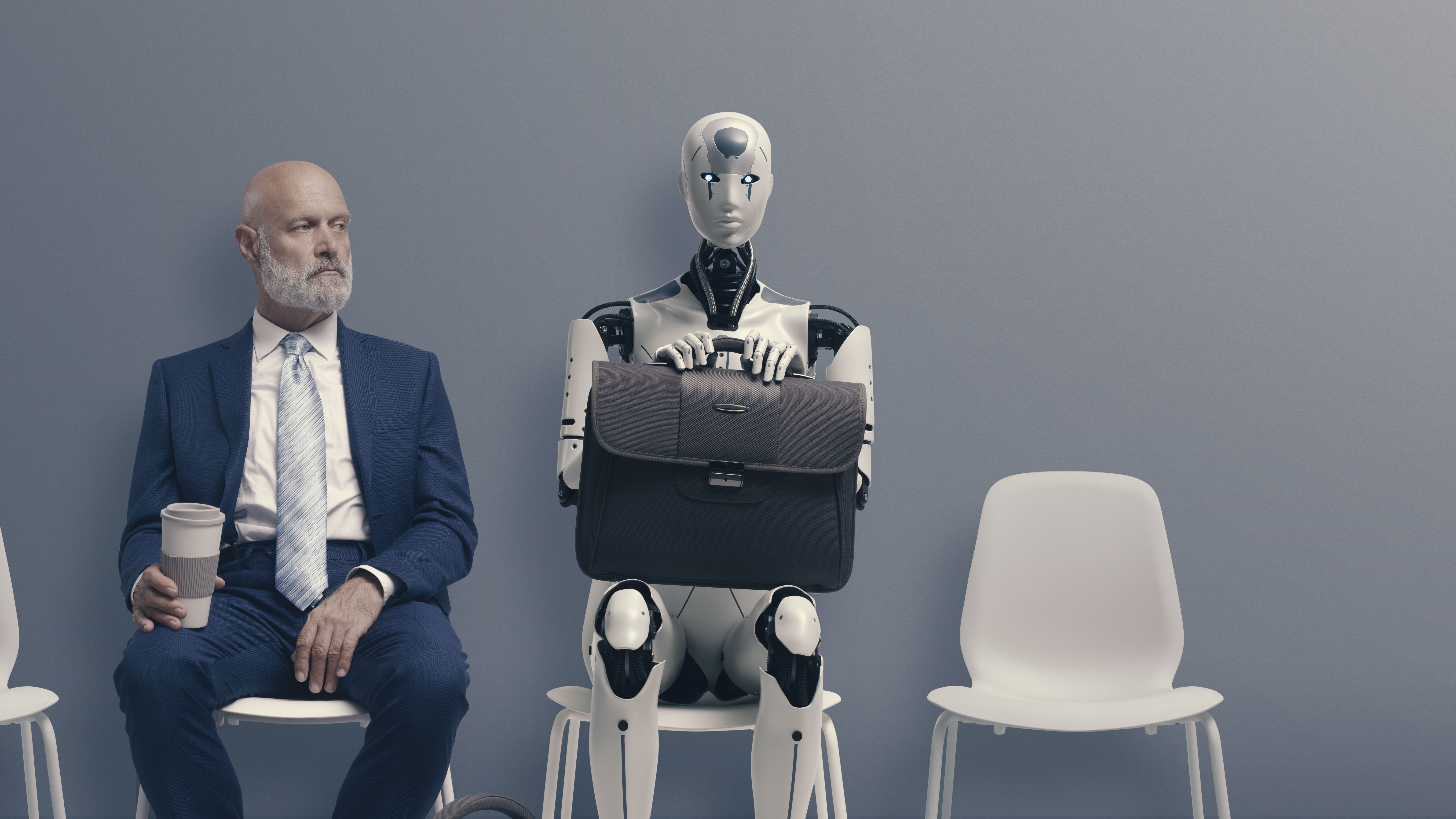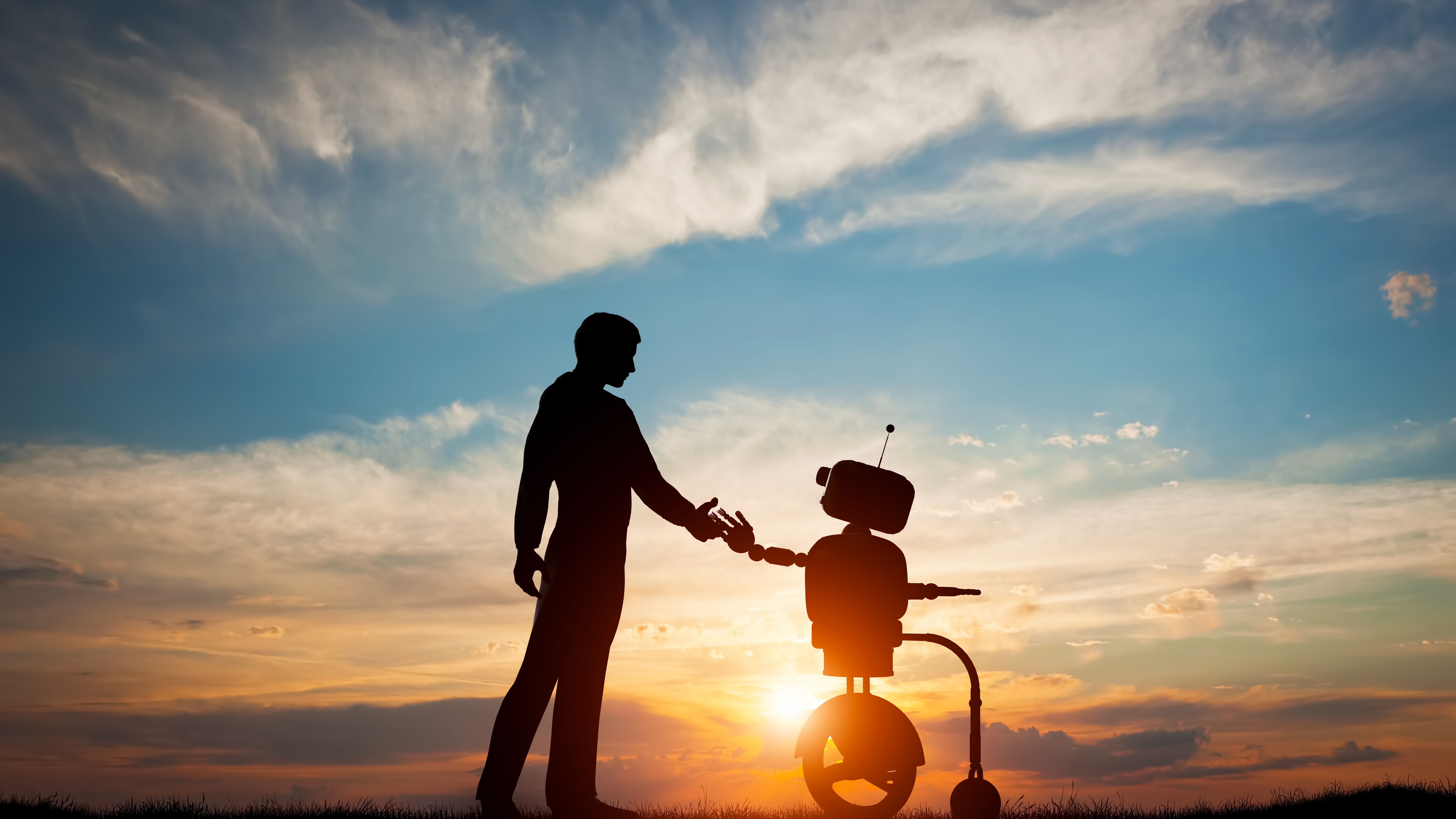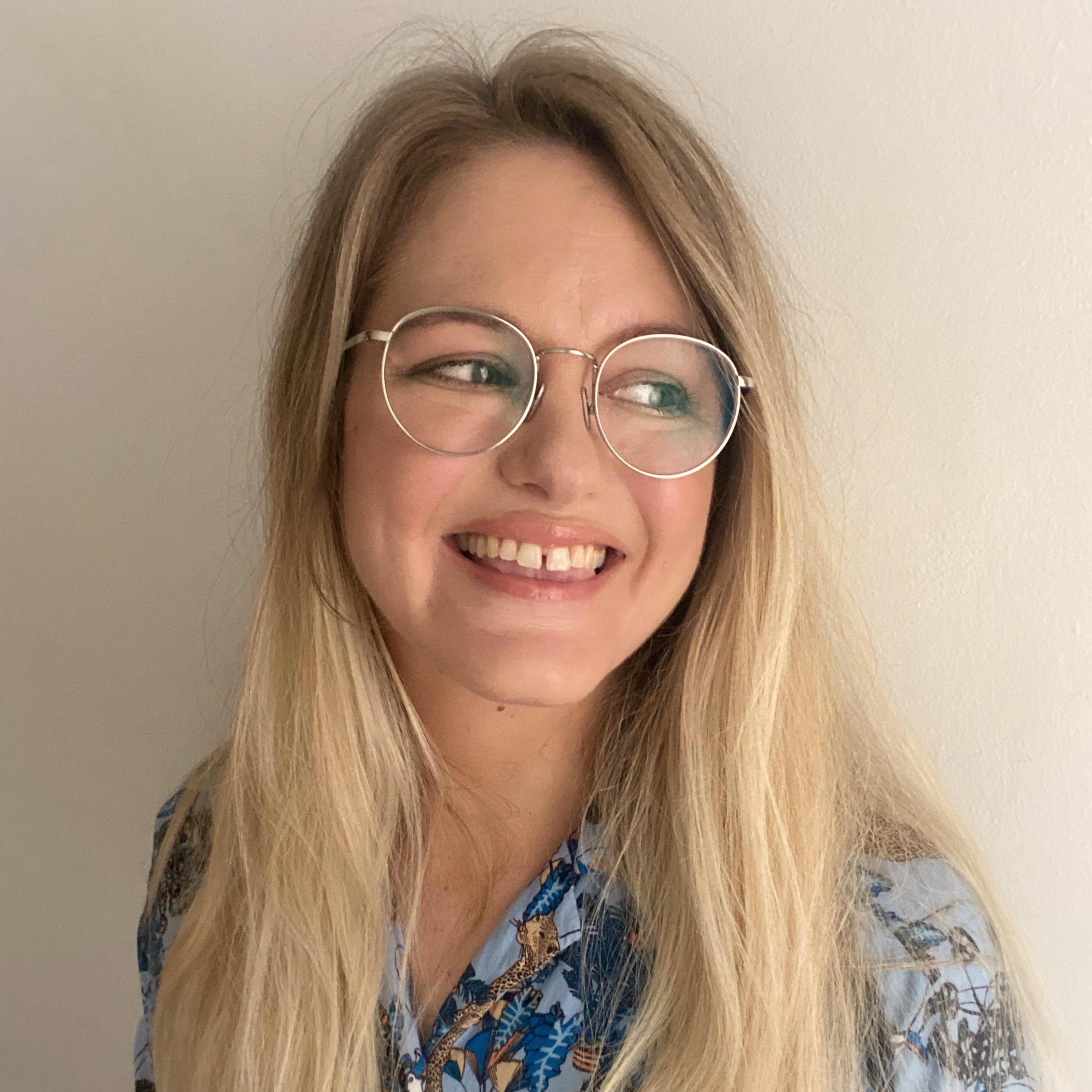I'm skeptical about AI's impact on creativity - Where does humanity go when machines join in?
When AI enters the creative process, what changes – and what remains human?

AI is destroying creativity. That’s the view many people hold. And, after months of reporting on AI, it’s largely been mine too. The flood of generative content, the erasure of authorship, the feeling that these tools are mimicking something sacred without truly understanding it. It’s been hard not to feel like something really important is being lost – especially when I found out my book was used to train Meta’s AI.
But recently, I’ve been speaking to people who aren’t buying into the AI hype. But they’re not writing it all off out of fear either. They’re sitting in the messy, complicated middle. And they’re creating great things. These are people working directly with AI in creative fields, while still holding the human element as essential. And they’ve made me ask: what if AI doesn’t signal the end of human creativity? What if it’s a difficult, uncomfortable but necessary evolution?
Personally, I’m still wary. I probably always will be. But talking to people who are engaging thoughtfully with how AI might augment, not replace, the creative process has been unexpectedly refreshing. Maybe even hopeful. Anything to ease the creeping sense of creative despair I’ve been feeling lately. So, here’s what they had to say.
It’s already here
Lucas Stanley, a Senior AI Creative at digital marketing company Jellyfish, explains: “Seeing AI play a role in almost everything we do isn't just a possibility, it’s the concrete future. But just because we can see where it's going doesn't mean we're there yet.”
He describes the current landscape of AI in creative work as powerful but clunky. Sure, it’s full of potential, but far from effortless. “Making genuinely good creative work with it is tough. It rarely gives you what you need the first time.”
That’s why, he explains, human input is still essential. “A big part of my job is finding ways to guide, and sometimes really struggle with, these technologies to get them to produce what we need,” he says. “It’s a process of establishing a direction, then a lot of shaping, refining, and what I think of as 'polishing, tightening, and regenerating' to arrive at something genuinely useful.”
I like this because it cuts through the idea that AI-generated work is some kind of effortless magic. It’s not. It’s still craft, just one that needs shaping in new ways.
Sign up for breaking news, reviews, opinion, top tech deals, and more.
Creative intelligence, not artificial creativity
For Rasmus Adler Wahlberg, co-founder and CEO of Multiply, the real promise of AI lies in hybrid collaboration – not automation and not replacement.
Multiply is building what they call a “Creative Operating System” for agencies and teams, where AI and humans work together on strategic, analytical and creative tasks. “We are building a system that embeds their unique expertise, culture and methods in AI agents and workflows to enhance what makes them unique instead of watering it down,” Wahlberg tells me.
“It is becoming increasingly clear that AI is great at some things and we, as people, at others,” he says. He believes in using AI as a “creative sparring partner,” not a substitute. “The real magic happens when creative people and intelligent agents co-create in flow,” he says. “Where creative humans and artificial intelligence become more than the sum of their parts. Creative Intelligence, as we like to call it.”
The aim isn’t to automate the creative process. It’s to build new systems that amplify what people do best.
Use it – but use it consciously
AI is not self-sufficient. It requires millions of people to tag data points so it can 'read' information, for example.
Stella Achenbach, founder of the web3 educational project ALANA
Stella Achenbach, founder of the web3 educational project ALANA, approaches AI with a background that spans fashion, digital design, gaming, and blockchain. She’s not anti-AI – but she is deliberate.
“While I work with AI, I try to do it very consciously,” she says. That means choosing open-source tools over centralized platforms, asking whether AI is truly needed before using it, and thinking carefully about the broader systems we’re helping to build.
“It is also important to understand AI as a tool extension, not a replacement,” she adds. “AI is not self-sufficient. It requires millions of people to tag data points so it can 'read' information, for example.”
For Achenbach, many of the problems we’re seeing with AI and creativity could be addressed with more conscious design – and with blockchain technology, which she sees as a necessary safeguard for ownership, transparency and accountability.
When I mentioned the controversy around Meta’s AI training data and the use of books from LibGen, she was clear: “If every data point they scraped had been tagged with a creator, we could have built incredibly cool incentive mechanisms on top of the ownership of that data. But they didn't want that because of their greed, not because it was impossible.”
“Blockchain is the natural safeguard against AI to keep it – and the companies behind it – in check,” she says. “The other perspective is that users need to self-educate more and better. Blindly using centralized platforms in this day and age has become dangerous and will become more dangerous as we proceed.”
Creative joy still matters
One thing that stood out most in these conversations was the attention paid to joy, collaboration and actual creative flow. These are the intangible things that draw people into creative work in the first place.
“For my teams, my personal north star is to make things feel creative and to build processes that make working on creative projects fun,” says Stanley. “The idea of individuals just prompting away by themselves isn't very attractive to most creative people who really flourish in collaboration.”
So his team is actively building AI workflows that are collaborative from the start, which includes working sessions, real-time feedback, shared spaces for both human and AI contributions – even room for the bloopers.
“We post the mess-ups and misgenerations because, honestly, they're often hilarious and a great learning tool,” he says. “Seeing people interact with AI in that kind of open, team-based context is completely different. People aren't scared anymore; they're having fun and being genuinely creative. And that's what we're all in the creative industry to do.”
Crucially, Stanley believes the people who will thrive in this space are those grounded in a creative craft. “The tools and mediums change over time, from traditional methods to digital, and now to AI. But the fundamental human need to create and express stays the same,” he says. “Often, the people creating the most interesting work with AI are those who have a background in a traditional craft, because they’ve already gone through that process of learning how to express themselves.”

Holding space for uncertainty – and possibility
I wish I could say I now feel completely optimistic. But I’m still not convinced that the scale and speed at which AI tools are developing can be managed. Or that we’ll have the time, resources and conversations we need to protect what makes human creativity so vital in the first place.
But it is comforting to know there are people thinking more clearly and hopefully than I am right now. And building the tools and systems they want to see. Because building with collaboration, care, safeguards and creative energy is no small thing.
These aren’t the qualities that usually make headlines. The narratives tend to swing between two extremes: breathless hype that frames AI as a kind of magic or total collapse where creativity is swallowed whole and there’s nothing we can do about it. But in between those poles, there’s this slower, quieter work – people designing systems, making things, asking better questions.
That middle space might not be dramatic enough to dominate the conversation. But it’s where the real future is being built. And for the first time in a while, that gives me a bit of hope.
You might also like...
- I write about AI for a living and I haven’t seen AI video as realistic as Veo 3 before, here are the 9 best examples
- Sam Altman and Jony Ive’s ChatGPT device is probably going to look like an iPod Shuffle you can wear around your neck - report reveals more about the hyped AI hardware
- Anthropic's new Claude 4 models promise the biggest AI brains ever

Becca is a contributor to TechRadar, a freelance journalist and author. She’s been writing about consumer tech and popular science for more than ten years, covering all kinds of topics, including why robots have eyes and whether we’ll experience the overview effect one day. She’s particularly interested in VR/AR, wearables, digital health, space tech and chatting to experts and academics about the future. She’s contributed to TechRadar, T3, Wired, New Scientist, The Guardian, Inverse and many more. Her first book, Screen Time, came out in January 2021 with Bonnier Books. She loves science-fiction, brutalist architecture, and spending too much time floating through space in virtual reality.
You must confirm your public display name before commenting
Please logout and then login again, you will then be prompted to enter your display name.